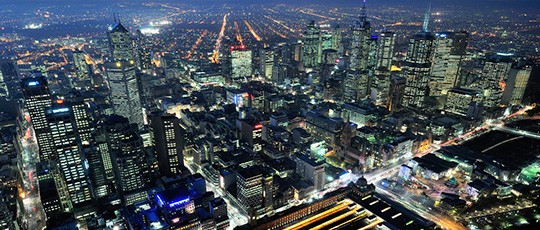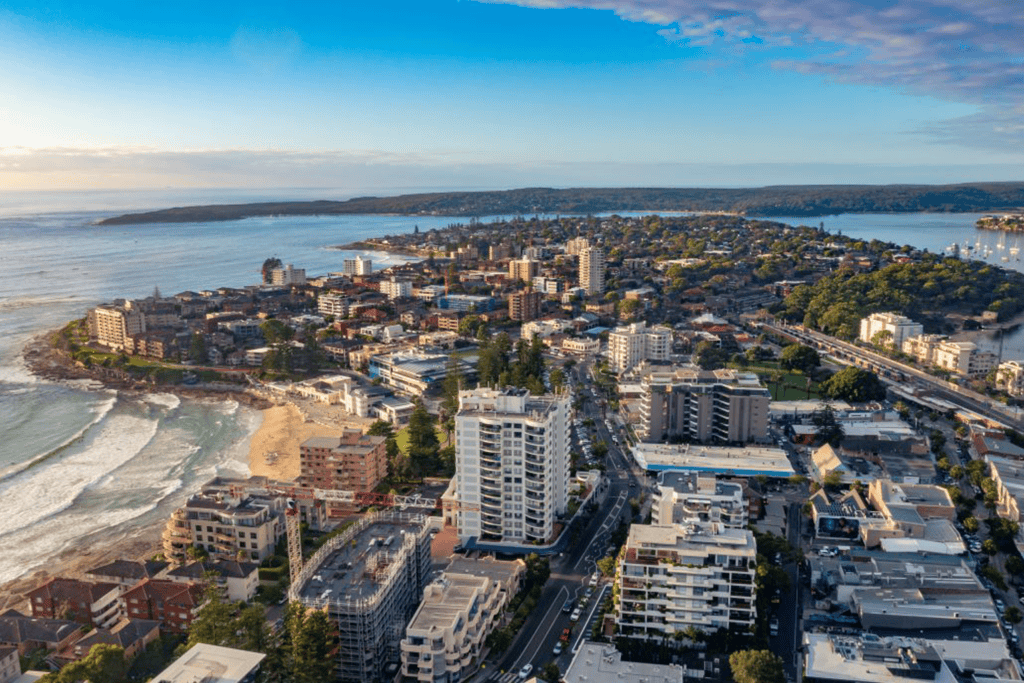- As the Sydney and Melbourne residential property markets continue to power on the back of historically low interest rates, the national commercial property markets have been moving idly by, largely unreported, unable to break into the news cycle of prospective housing bubbles or banking crises. What have you missed? Here is our commercial property round-up.
Competition leads to concentration
- If you haven’t noticed, the CBD office markets have changed markedly in the last 10 years. Ownership has become increasingly centralised with the top five owners now holding 25% of total stock. This comes as little surprise considering the GFC occurred in the middle of the period, resulting in stressed smaller institutions being gobbled up by larger players. At the same time, overseas investors started taking a bigger bite; increasing their share of stock from 9% in 2009 to 14% in 2014. Unsurprisingly government ownership went in the other direction. With Australian economic conditions still below par, Colliers expects consolidation and concentration to continue over the next decade largely unabated.

- These changes in ownership are geographically defined. Perth and Brisbane are the standout examples with both suffering from a considerable shake up of their respective economies as the mining boom subsides. Perth has witnessed a decline in private ownership and substantial increases in institutional ownership, jumping from 35% to 54% of total stock over a five year period. For Brisbane the story centres on government. It is well known that with Former Liberal Premier Campbell Newman at the helm, Brisbane was hit with a considerable downsizing of government resulting in sizeable changes in ownership breakdown of CBD stock.
The Big Guns for Ownership and Development
- Across the country seven groups dominate the CBD office development pipeline, accounting for 50% of projects either currently under construction or mooted to start. Lend Lease is the biggest player in the market, largely attributable to Barangaroo in Sydney, and after the completion of a major development in Melbourne, Mirvac will become one of the top ten owners. The maths seems simple: if you build more, you own more.

- As ownership and development becomes increasingly centralised in the CBD office space, potentially leading to oligopolistic pricing strategies, it is little wonder that metro office space has been booming in key markets like Sydney and Melbourne. In 2014 alone there was 570,000 sqm and 400,000 sqm worth of requirements recorded in these markets respectively. As the graph below shows, these figures are not matched across the country, with all other states’ enquiry levels at incomparable lows. The worst of the lot is Brisbane which has seen metro enquiries decline considerably since 2010.

- For some states, the differentiation between metro and CBD is becoming less clear as the majority of potential tenants are increasingly making enquiries into both market spaces. This is especially the case in Sydney and Melbourne. In 2014 over half of all Sydney metro enquires also listed the CBD as a potential office location; and in Melbourne a third of metro enquiries were also looking for space in the CBD. As the graph below shows, the big exception here is Brisbane, where metro enquiries have far outpaced CBD enquiries as a consequence of downward movement of effective rents and the availability of sublease space in the Brisbane CBD.

Building up
- In 2014 the industrial property market sector saw the highest level of investment recorded since 2005, surpassing $6 billion. As the graph below shows the investment leading up to this high was exceptionally low, reflecting the uncertain economic environment. The substantial growth in investment in 2014 is undoubtedly a result of low interest rates. While Australian investors were dominating the investment space the largest increases came from offshore investment, increasing from almost nothing in 2013 to a sizeable amount in 2014.

- As investment has increased in the industrial space so too has incentive levels in both explicit and undisclosed ways, including paying out lease tails, existing tenancies or rent free periods. This is particularly apparent in Brisbane which is expected to increase industrial lease incentives further in the next 12 months. Sydney on the other hand is expected to have significant declines. Reflecting the broader prospects of each state.
- The industrial space has also witnessed considerable tightening of yields over the past two years though this has varied across the country: Sydney, Melbourne, Brisbane and Perth have shown compression, while yields in Adelaide continue to increase. Colliers forecasts that in 2015/16 yields in Sydney are likely to compress further, with Brisbane following suit.

Conclusion
- Residential property has captured the headlines for the last two years however this is not the only story in property, and shifts have also been occurring in other property markets. CBD office space has become increasingly concentrated, the metro and office markets are attracting similar tenants and investment in the industrial space has been expanding. While not quite as exciting as the potential for a housing bubble, what happens in the commercial property market can be a loose proxy for business confidence and indicate the potential for economy wide growth. Further updates to follow.
This update does not constitute financial advice and should not be relied upon as such. It is intended only to provide a summary and general overview on matters of interest and it is not intended to be comprehensive. You should seek professional advice before acting or relying on any of the content.




